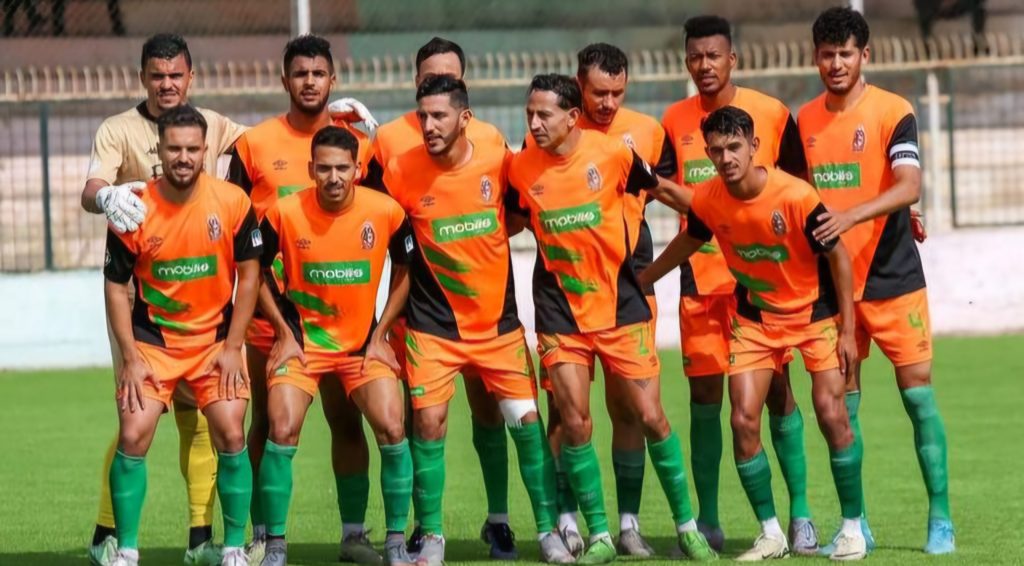Widad Adabi Boufarik – History, Legacy, and Football Heritage in Algeria

Widad Adabi Boufarik, commonly abbreviated as Widad Boufarik or WAB, is a historic Algerian football club founded in 1945 and based in Boufarik, in the Blida Province.
Origins and Founding of Widad Boufarik
The club’s creation is deeply tied to Algeria’s nationalist movement during the colonial era. In 1945, following a meeting of Algerian nationalists who wanted to establish a Muslim sports club in the Mitidja region as a symbol of identity and resistance, Kessi Chérif (1913–2004) emerged as the first president and founder of Widad Alfa Boufarik.
Kessi Chérif was a member of the MTLD, PPA, and the North African Star, and one of the founders of the North African Revolutionary Action Committee (CARNA). He named the club after the famous Moroccan team Wydad Athletic Club (WAC) as a gesture of solidarity with Morocco’s nationalist struggle.
This decision was also inspired by WAC’s historic visit to colonial Algeria between December 30, 1943, and January 3, 1944, when they refused to play a match unless Moroccan and Algerian flags were displayed. WAC went on to defeat the England Selection and win the New Year’s Cup, leaving a strong impression on Algerian fans.
Key Dates in WAB’s History
- November 24, 1945: Founded under the name Jeunesse Sportive Musulmane de Boufarik.
- 1947: Renamed Widad Athlétique de Boufarik.
- June 25, 1963: A second club named Jeunesse Sportive Musulmane de Boufarik is founded.
Initially competing in the FSGT championship thanks to the efforts of Saib Ali (who also played for Mouloudia d’Alger), the team later joined the 3rd Division of the French Football Federation’s championship.
By 1956, WAB had reached 1st Division status. After Algeria’s independence in 1962, the club kept its initials and competed in National I and II, maintaining its presence in the country’s competitive football scene.
Legacy and Cultural Significance
Widad Adabi Boufarik is more than just a football team — it is a symbol of local pride and national identity. The club’s name, colors, and origins are tied to Algeria’s broader struggle for independence, and it remains a pillar of the sports culture in Boufarik and the Mitidja region.